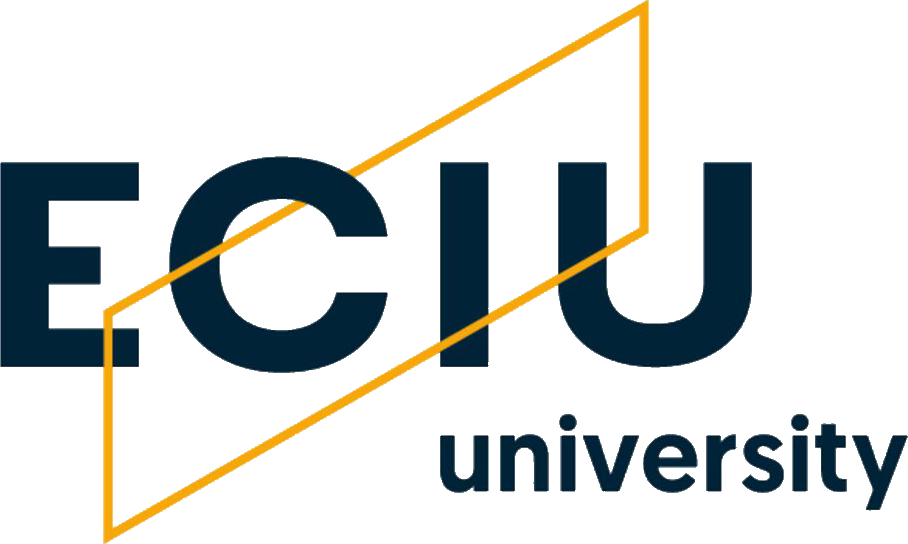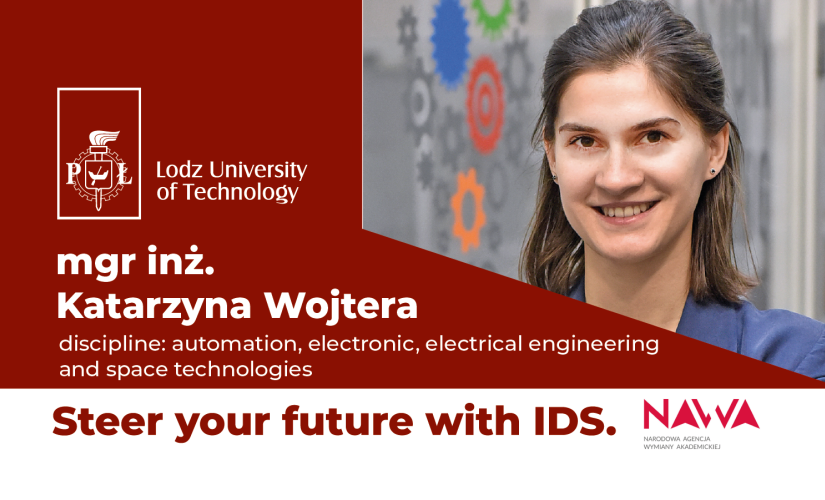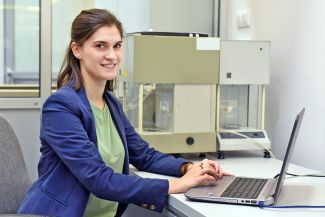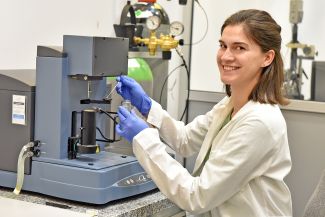How did you combine your doctoral discipline with medicine?
Given my skills gained in my first and second cycle studies in biomedical engineering, I decided to tackle the problem of destroying cancer cells using ferromagnetic nanoparticles in my third cycle in the discipline of automation, electronic and electrical engineering and space technologies. To do this, I want to use carbon nanotubes and iron to create structures that respond to an external electromagnetic field. The 'electrotechnical' part of my work is to create the right conditions and then investigate the mechanism of heating of ferromagnetic nanoparticles in a radio-frequency electromagnetic field.
Please describe the carbon nanotubes you are developing.
The material I am obtaining are multi-walled carbon nanotubes with a diameter of about 10 nm, length of about 300µm. The most important parameter I am modifying is the iron content. In the synthesis process under development, it is possible to encapsulate iron into the centre of the nanotubes during the fabrication process. The end result is carbon nanotubes filled with 30 % iron, making the material responsive to an external electromagnetic field.
In which types of therapy will the solution you are developing work? How will it affect diseased cells?
The motivation behind my research was to replace conventional cancer treatments. Targeting of ferromagnetic nanoparticles can be achieved by coupling the nanotube with an antibody or specific linker (ligand) that selectively recognises proteins present in cancer cells. The ferromagnets contained in the nanotubes will respond to a radiofrequency electromagnetic field, which will increase their temperature and, due to their excellent conductivity, lead to the destruction of the cell membrane and, consequently, to the death of this unwanted cell. Their destruction is possible when the tissue is heated to 43-45C.
What is your working environment like?
In my research, I worked on the synthesis of ferromagnetic-filled carbon nanotubes using an electrothermal method. This is nothing more than chemical vapour deposition (CVD). Then, after appropriate material preparation, I studied the behaviour of the nanoparticles in a radiofrequency electromagnetic field in a Magnetherm heating device. Currently, based on the results I have collected, I am developing models for heating nano-elements. The final stage, and the culmination of all the work, will be thermal ablation studies on model biological cells.
What opportunities for development do young scientists at IDS TUL have?
First of all, as the name suggests, it is an Interdisciplinary Doctoral School, so this interdisciplinarity is key here. Despite the fact that I am writing my thesis in the discipline of automation, electronics, electrical engineering and space technology, I was able to choose various subjects outside my discipline. This allowed me to develop my knowledge of nanotechnology and drug delivery systems.
IDS also places a strong emphasis on internationality, with all subjects taught in English, so you can develop your language skills. We also have the opportunity to attend lectures by visiting professors from foreign universities, so you can gain valuable contacts with individuals from other countries.




